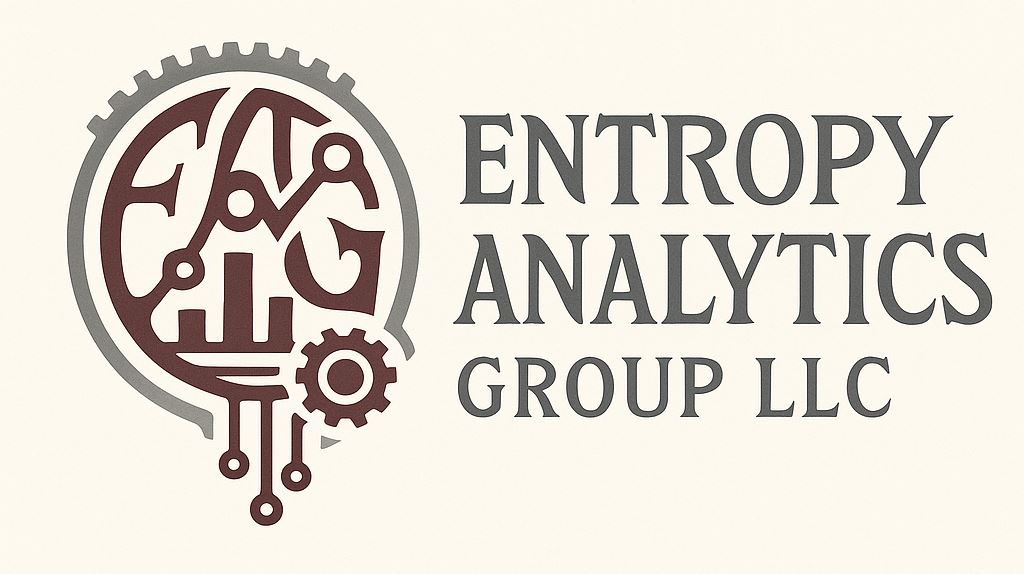Machine learning (ML) shines when the problem is structured, the labels are honest, and the data pipeline is airtight. Our focus—mid-term stock trends over 20–180 trading-day windows—fits that mold.
Framing the problem. We treat each symbol-window-start as an observation and label it by whether the realized, annualized return meets a threshold (e.g., ≥20%, ≥30%, ≥40%). This converts trend hunting into a supervised classification task with clear success criteria.
Features that matter. Beyond raw returns, we engineer volatility bands, rolling drawdowns, momentum deciles, gap/earnings proximity flags, liquidity and spread measures, sector/market regime indicators, and calendar seasonality tokens. Crucially, all features are timestamp-safe—derived only from information available at decision time.
Models and validation. Gradient-boosted trees (e.g., LightGBM) provide strong tabular performance and interpretable attributions. We use rolling-origin (walk-forward) splits, symbol-group stratification, and nested tuning to avoid leakage. Evaluation emphasizes class-balanced metrics (AUC-PR), calibration (Brier score/Platt scaling), and cost-aware utility curves that reflect the portfolio’s risk budget.
Risk controls. We retain delisted names to avoid survivorship bias, normalize corporate actions, and stress-test on regime breaks (vol spikes, liquidity droughts). Drift detectors monitor population shifts; retraining is gated by documented triggers and peer review.
From scores to decisions. Outputs are probability-calibrated signals. We rank opportunities, apply position-sizing rules (Kelly-lite caps, turnover and liquidity limits), and enforce portfolio-level exposure guards. Every release is versioned (data, code, manifests) for auditability and reproducibility.
Takeaway. ML doesn’t replace research judgment—it scales it. With disciplined features, leakage-proof validation, and governance, machine learning transforms noisy market history into decision-grade probabilities for repeatable, time-tested trend selection.
